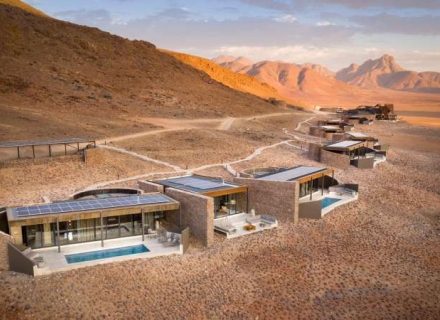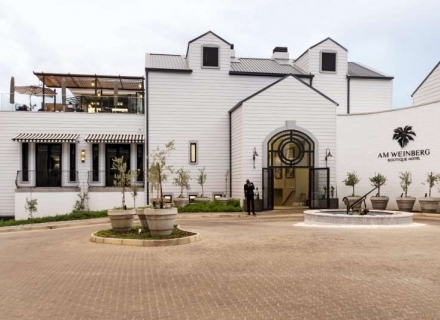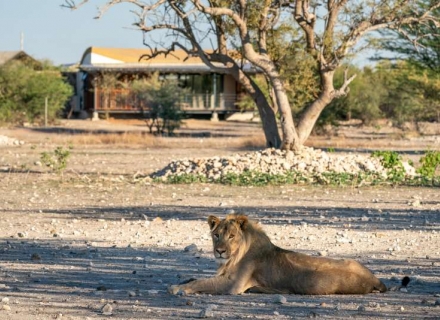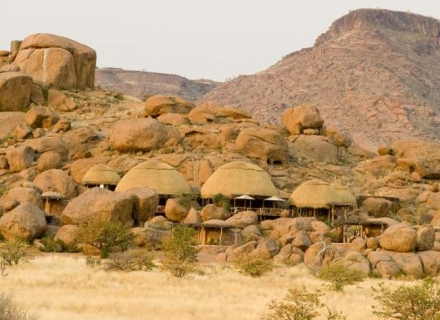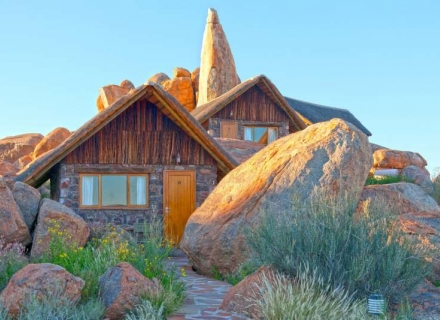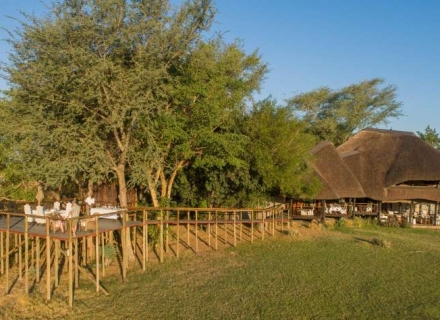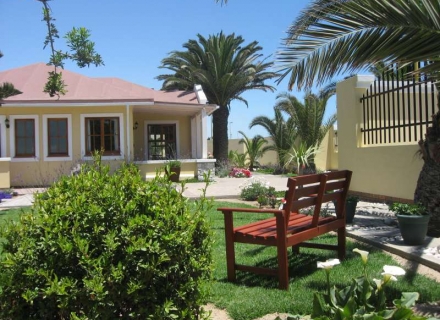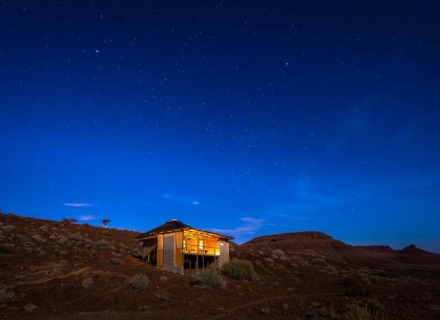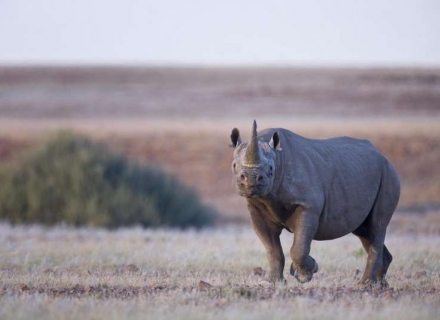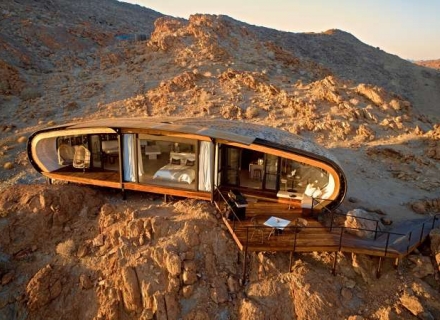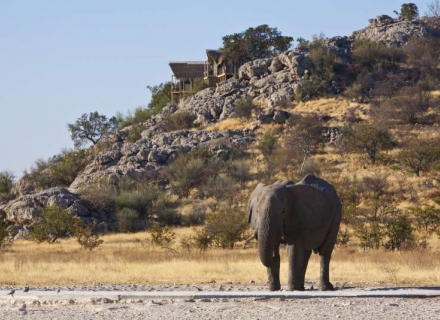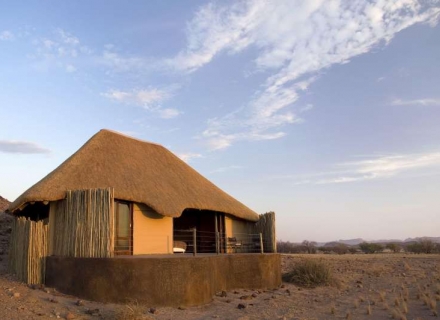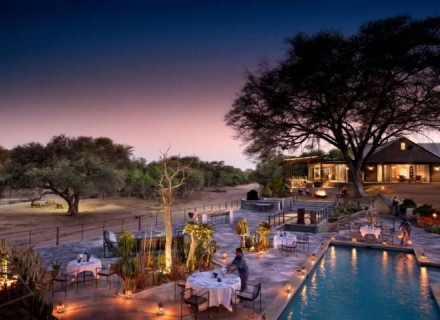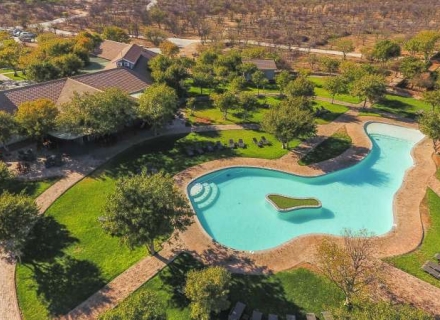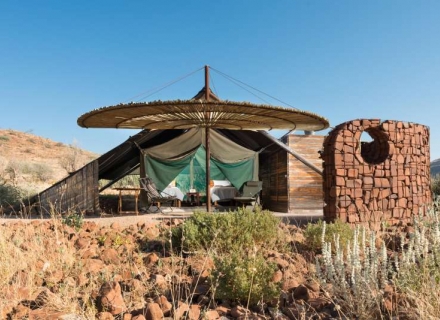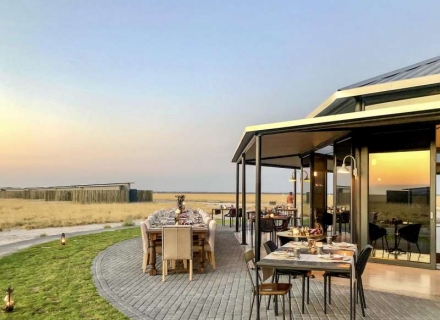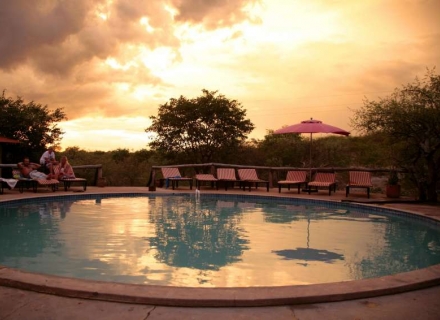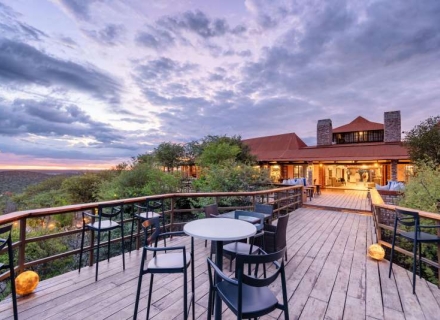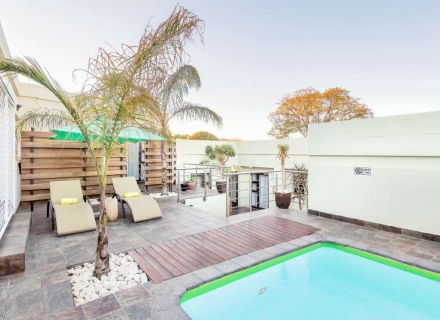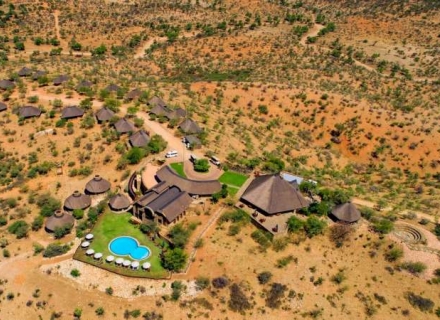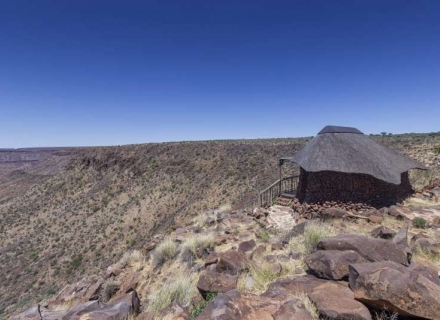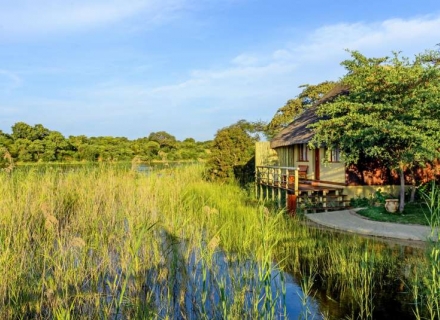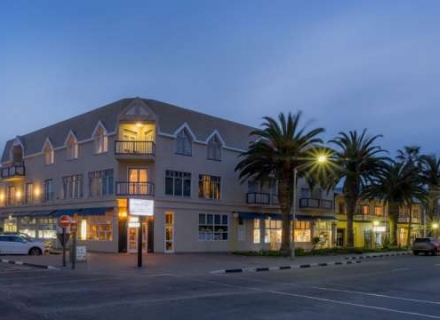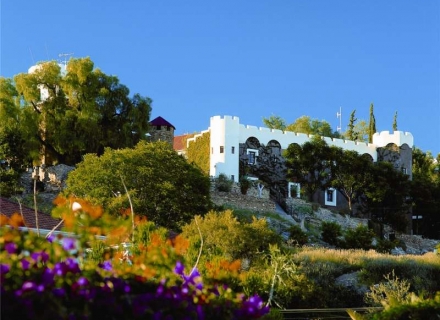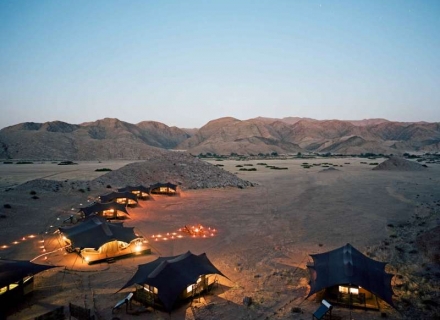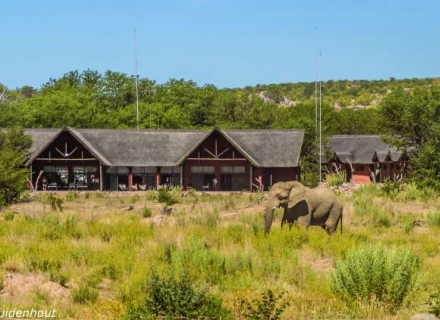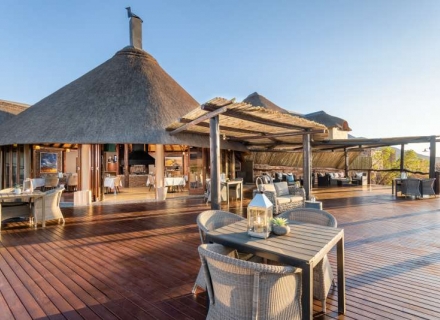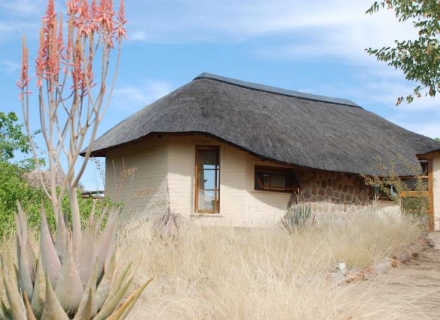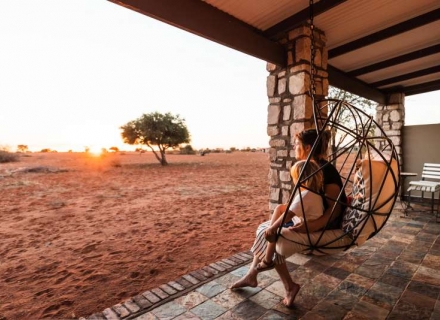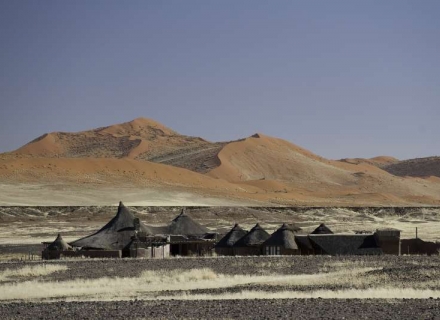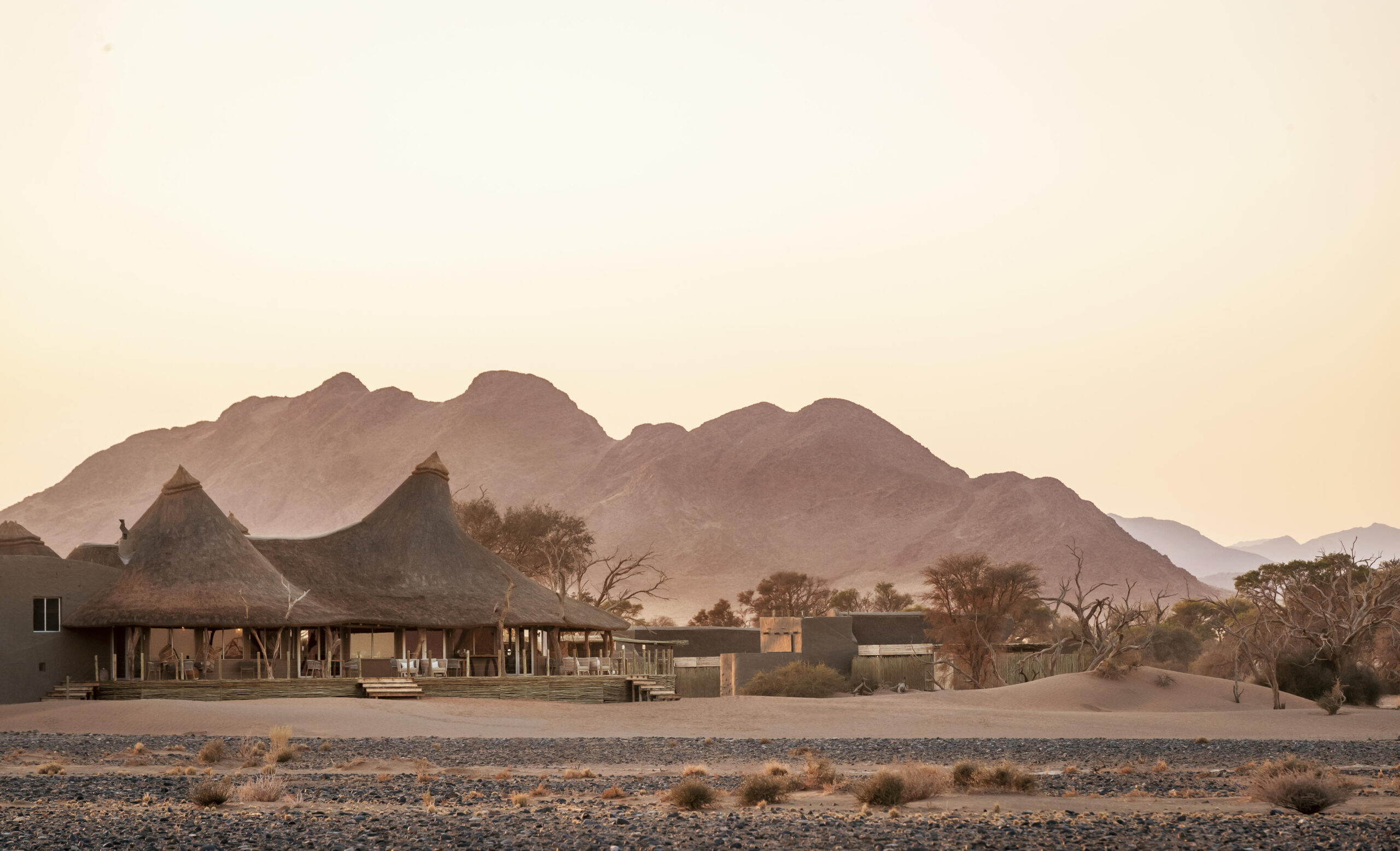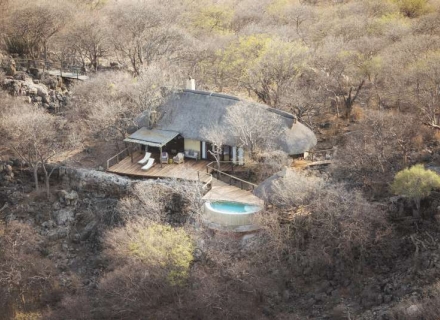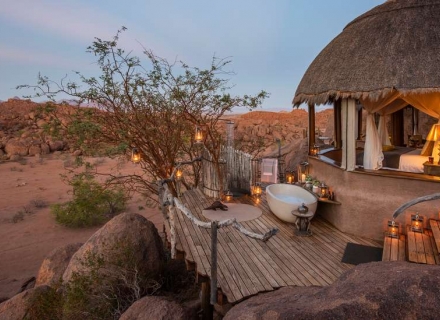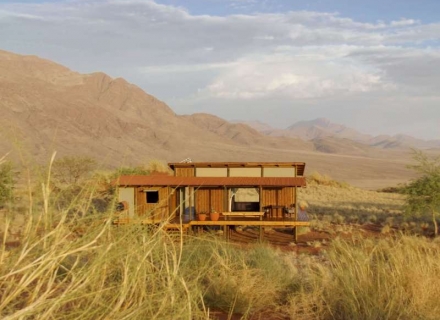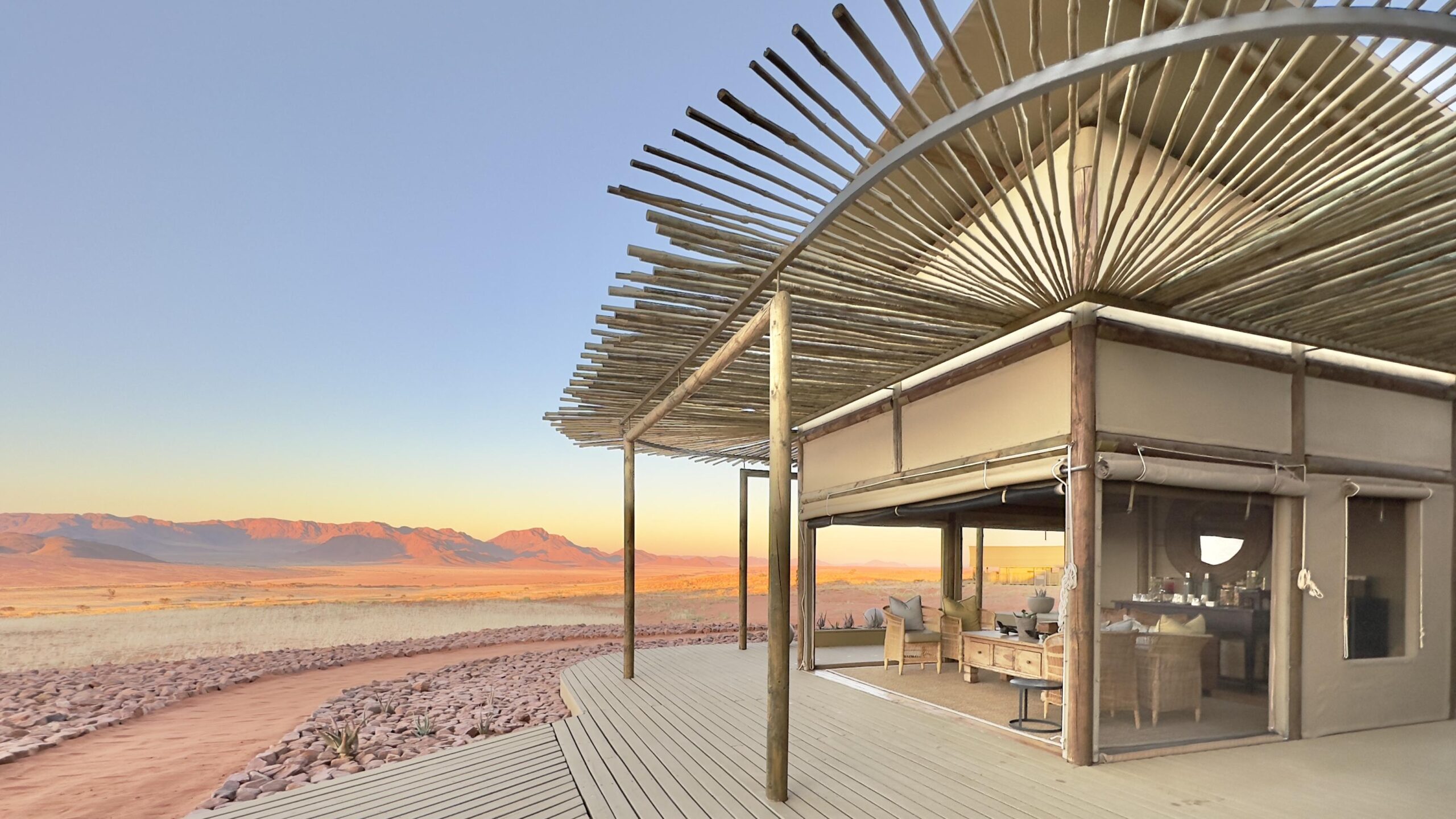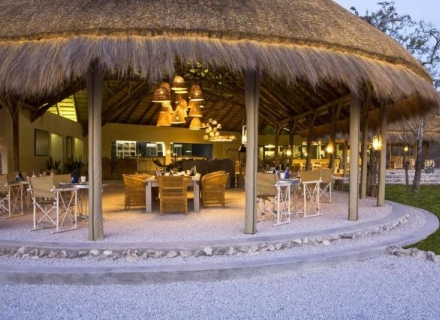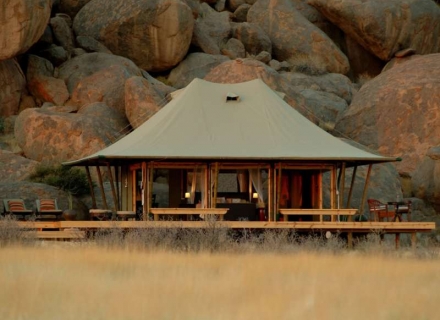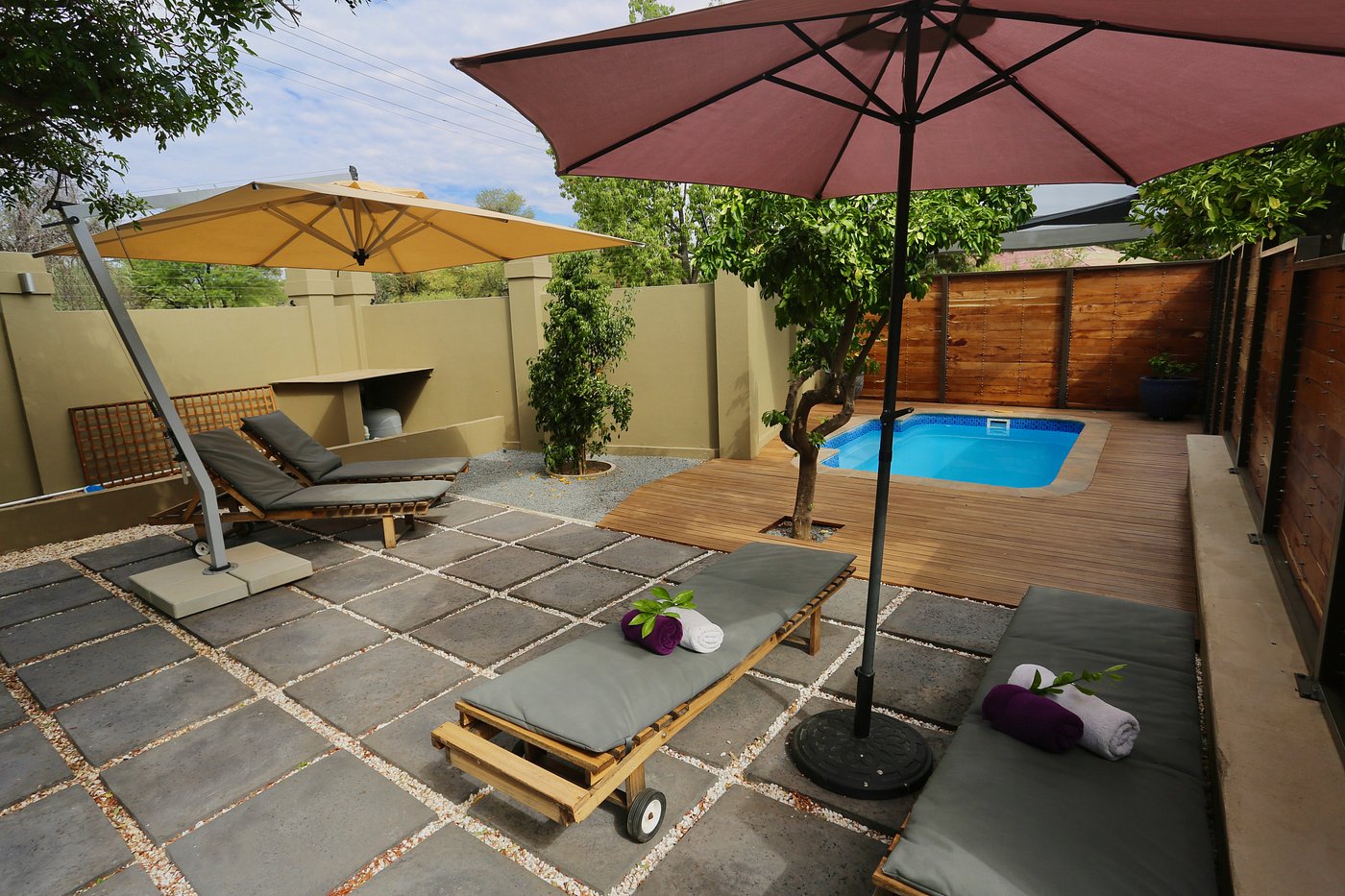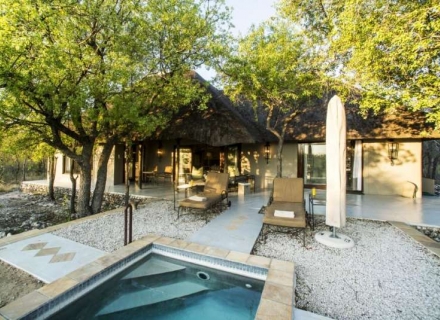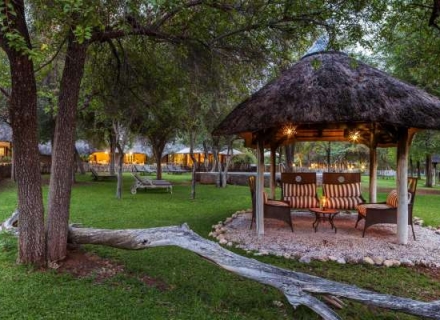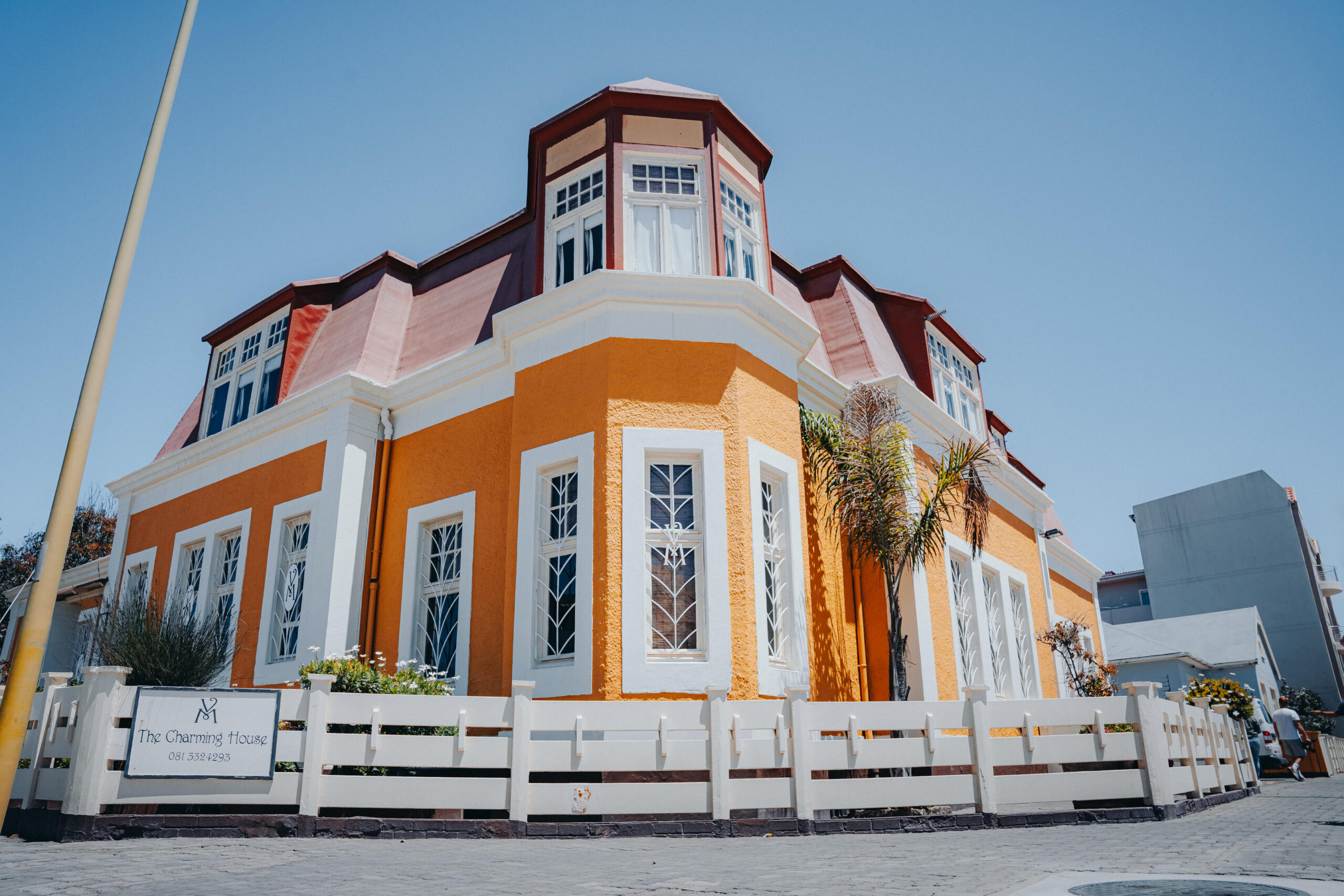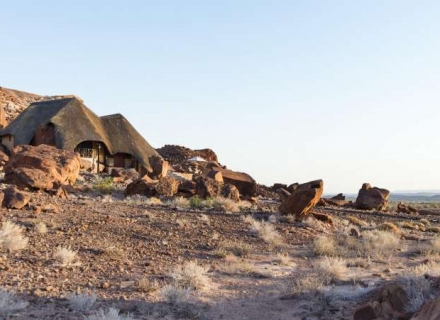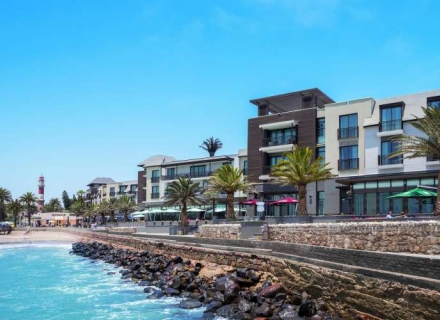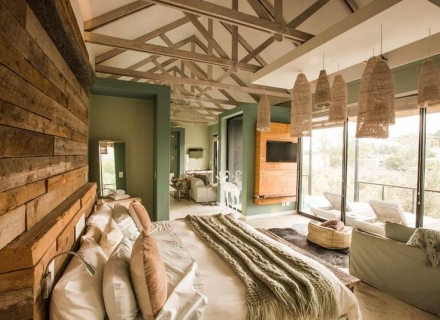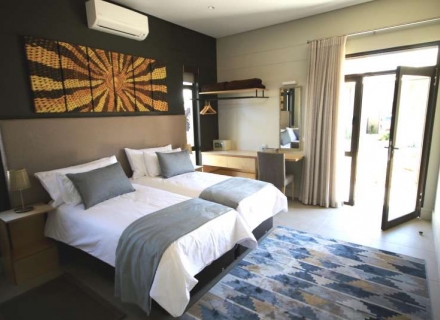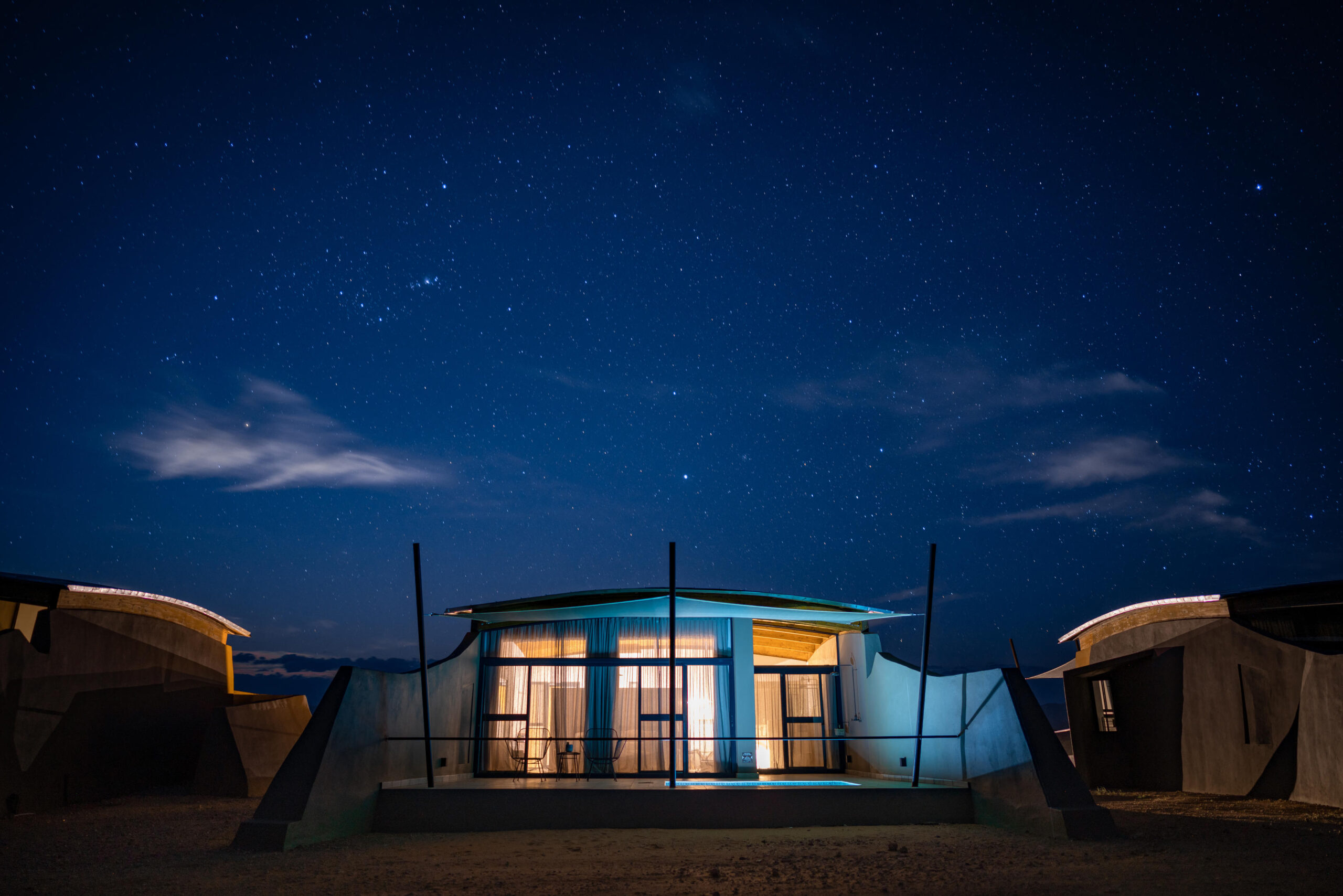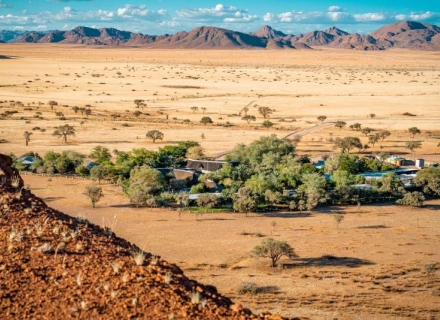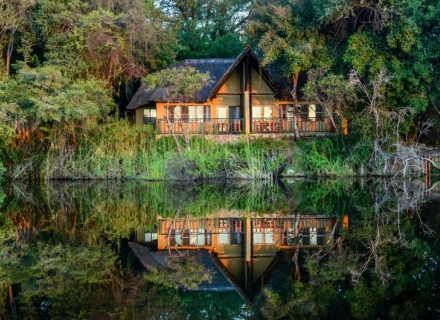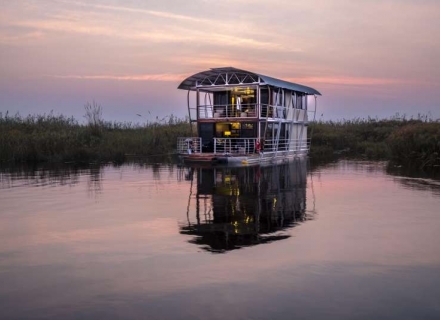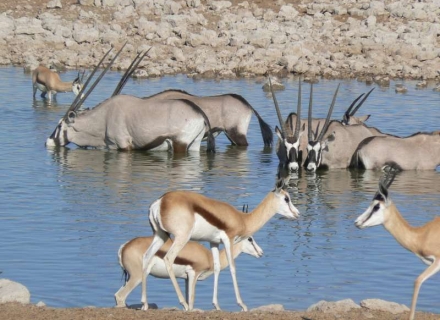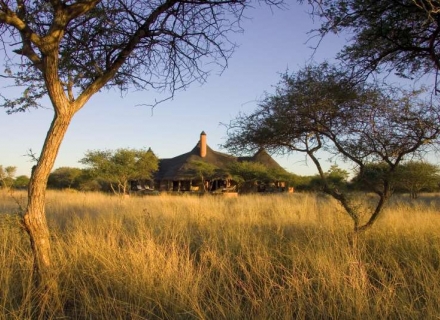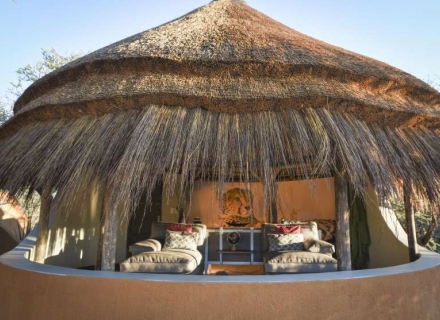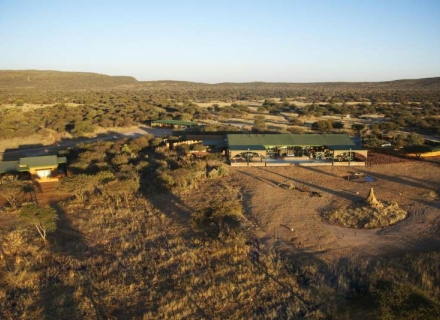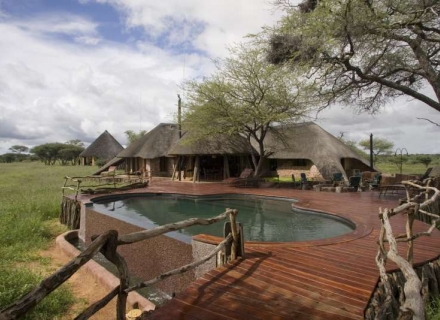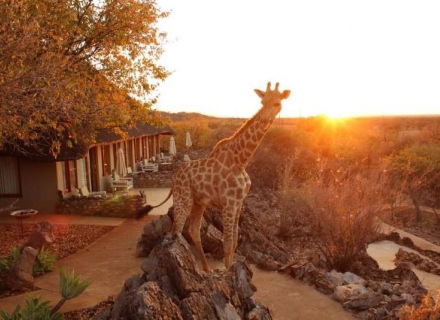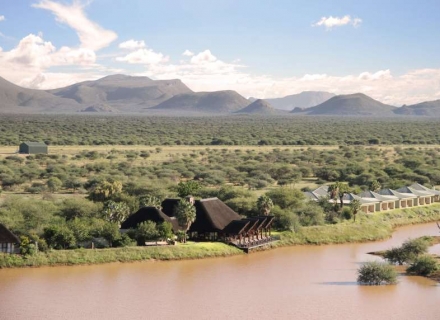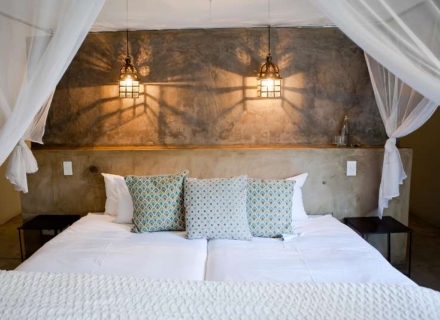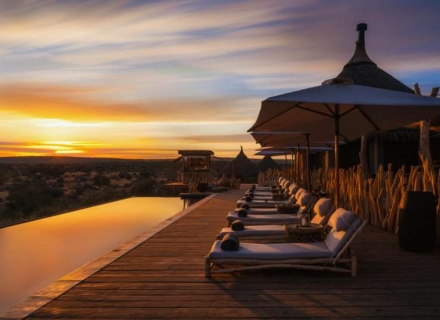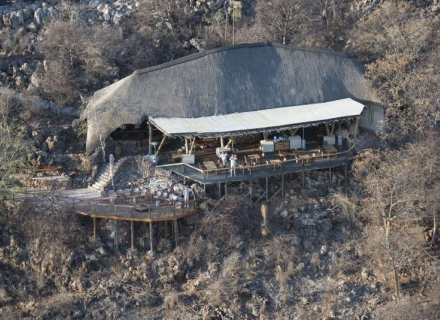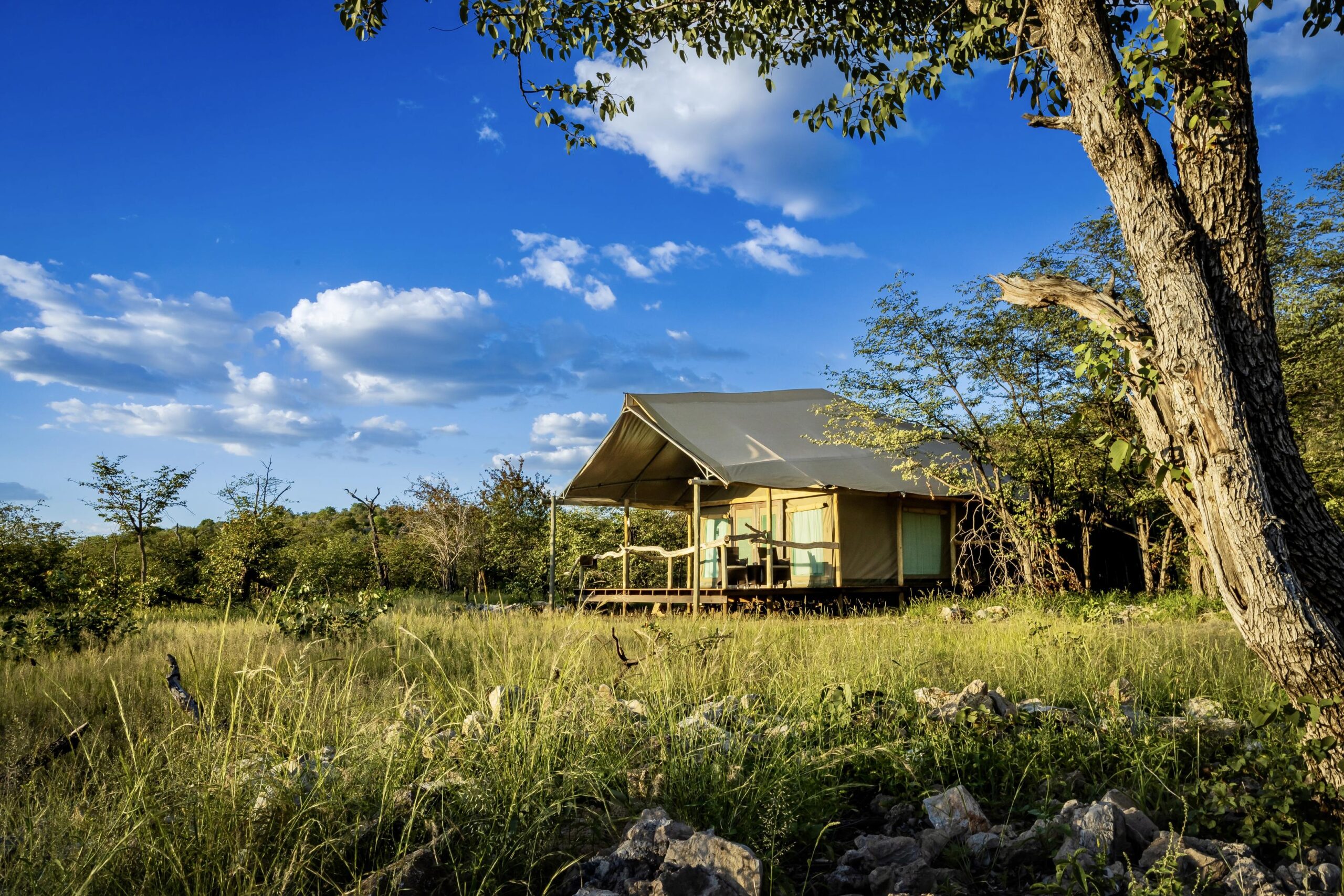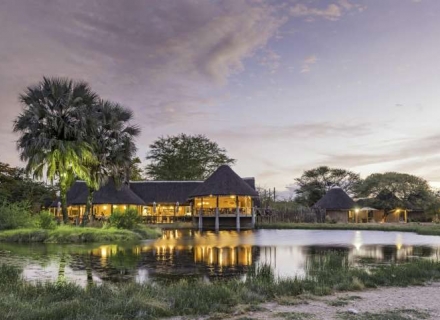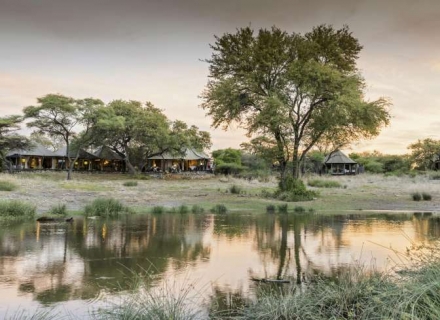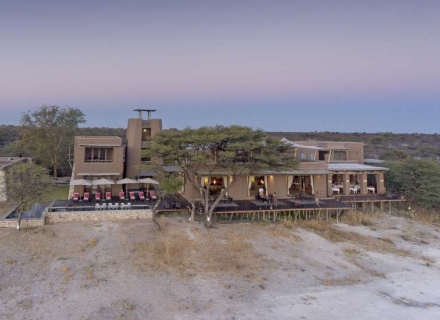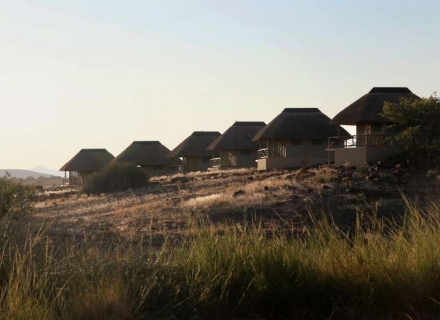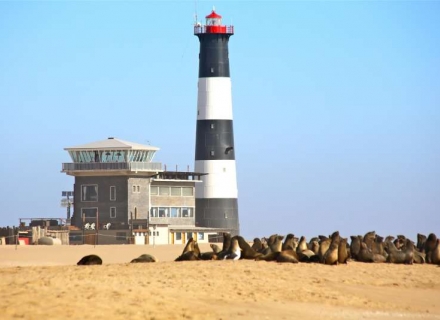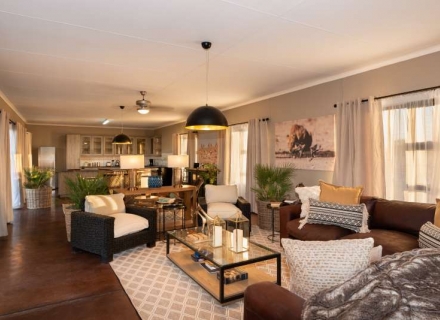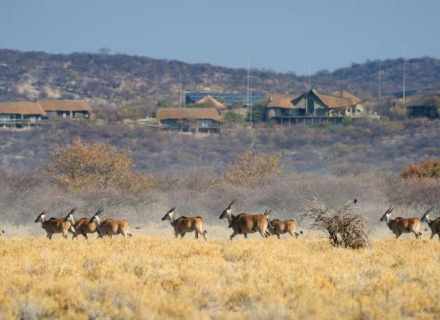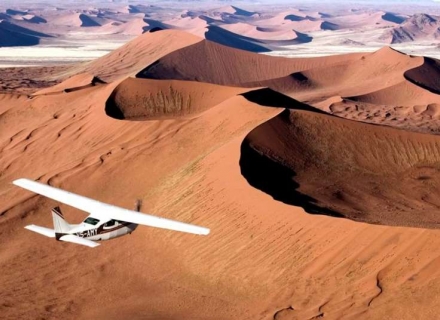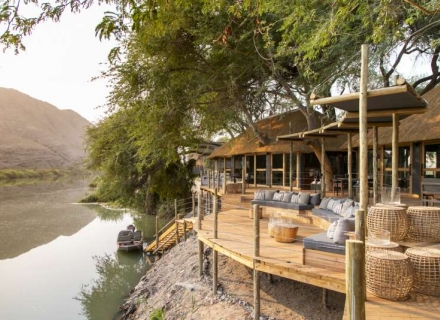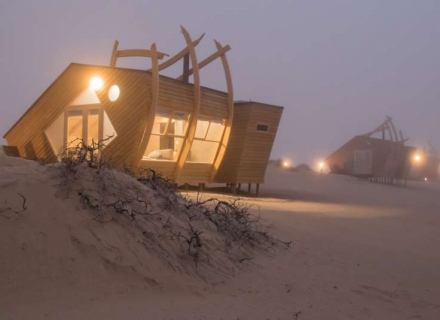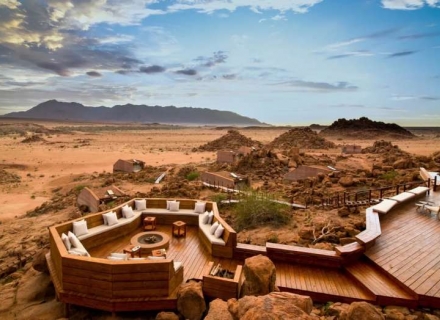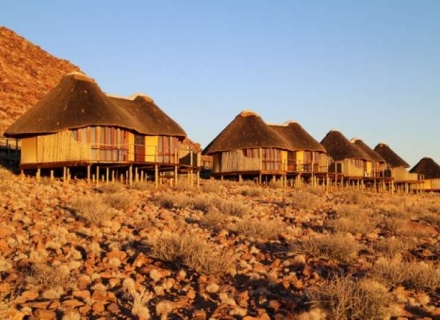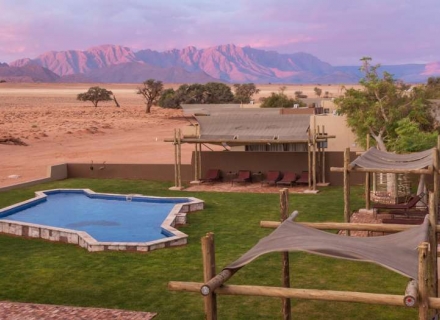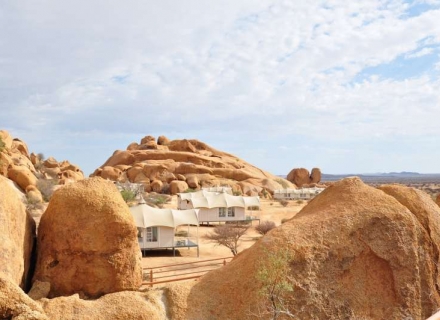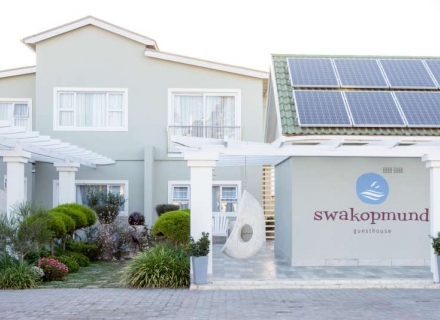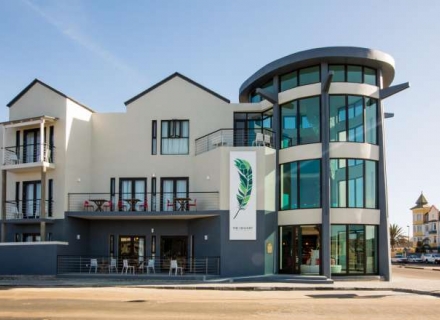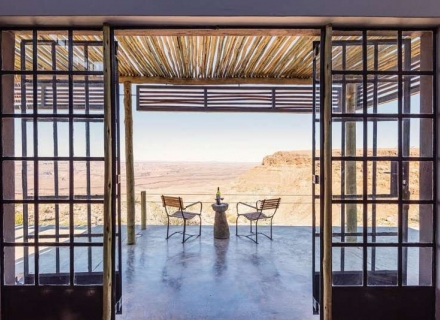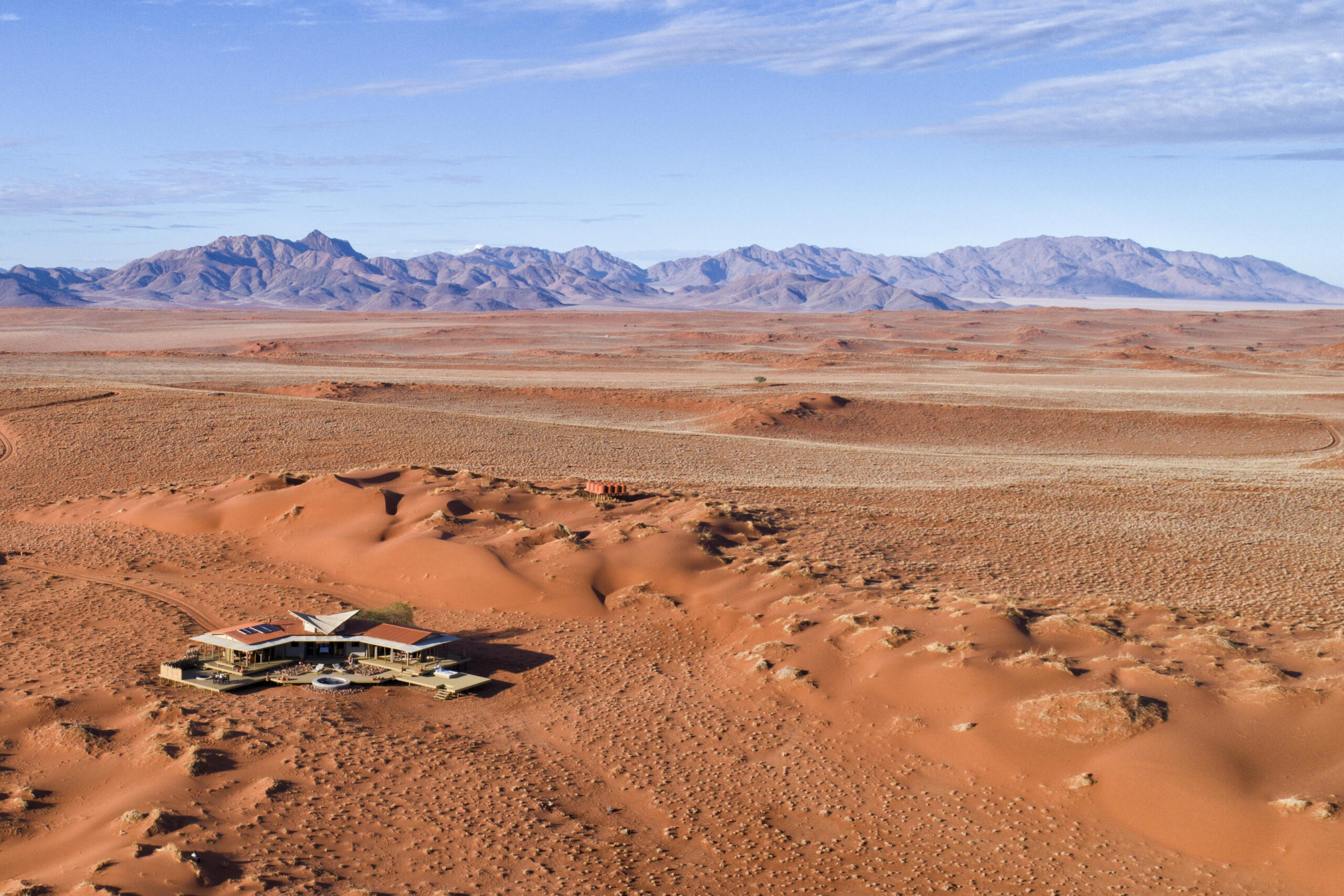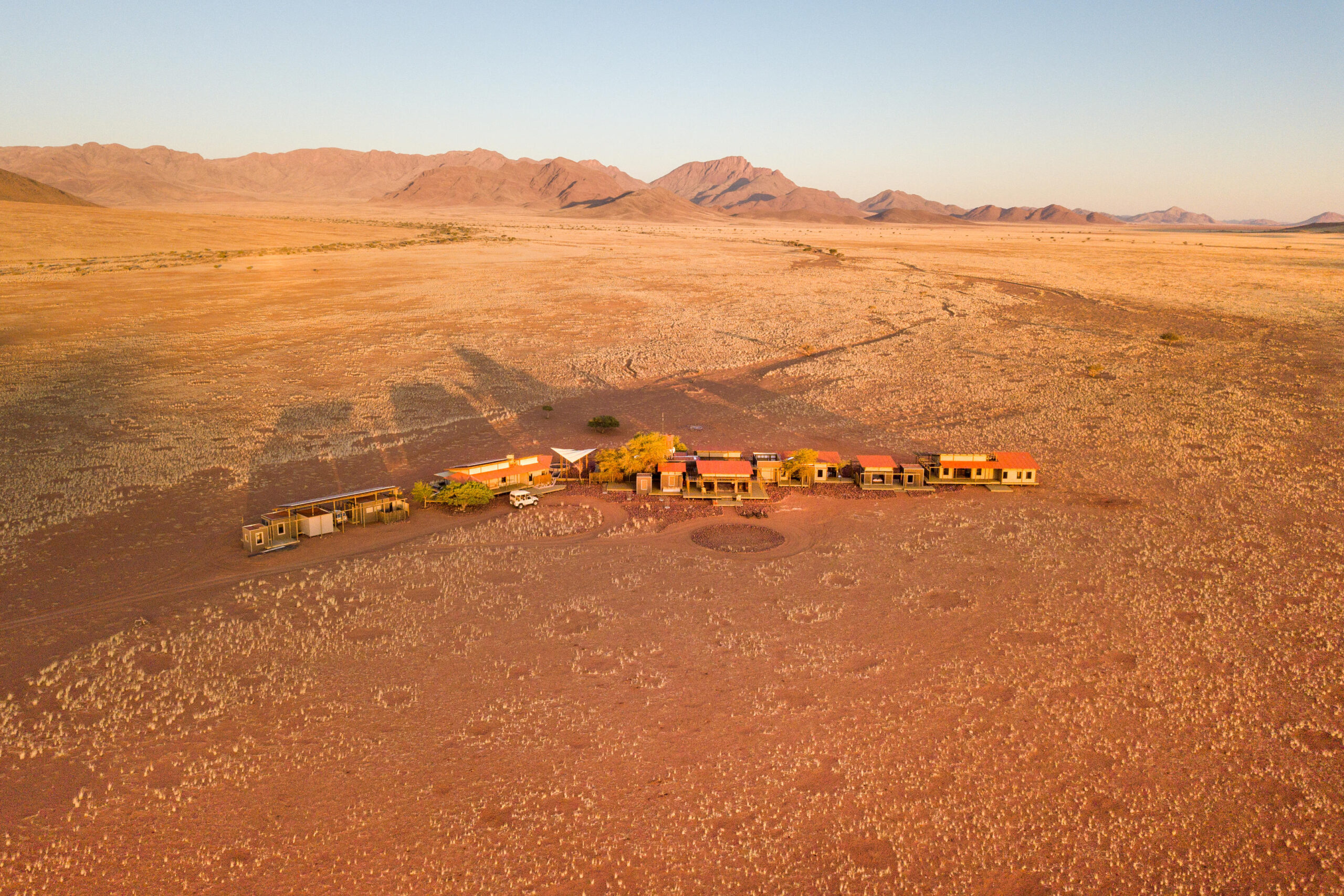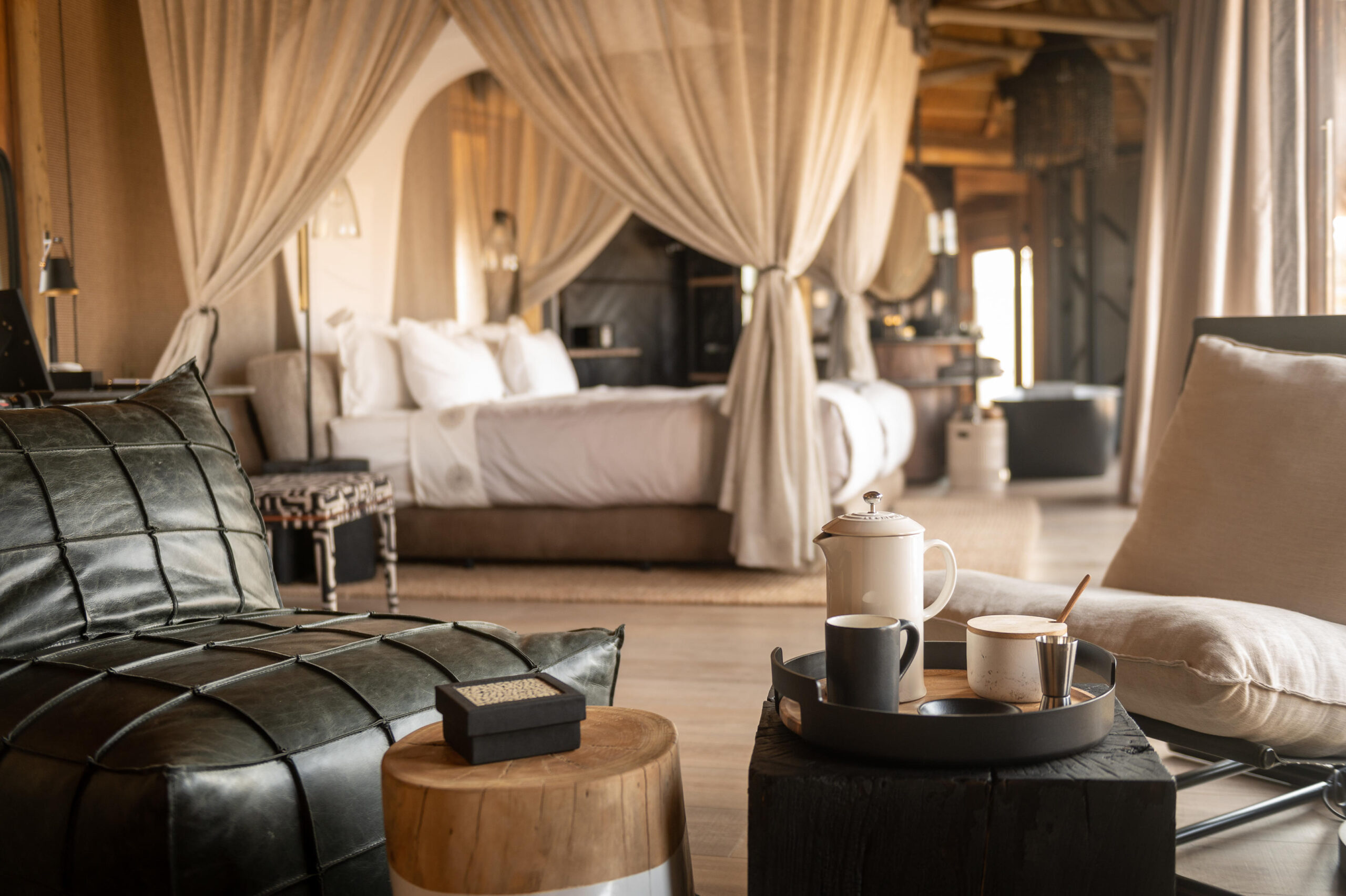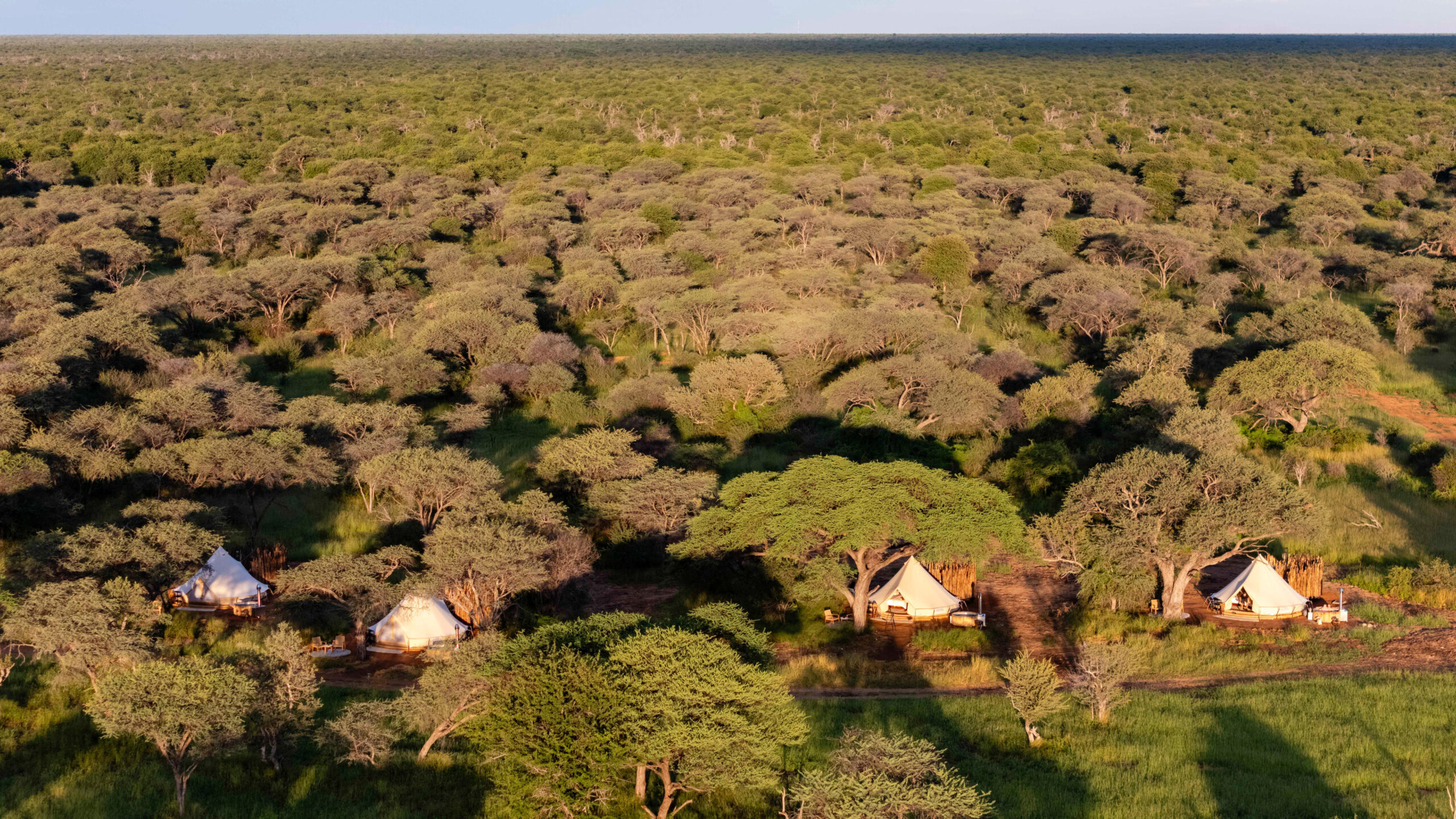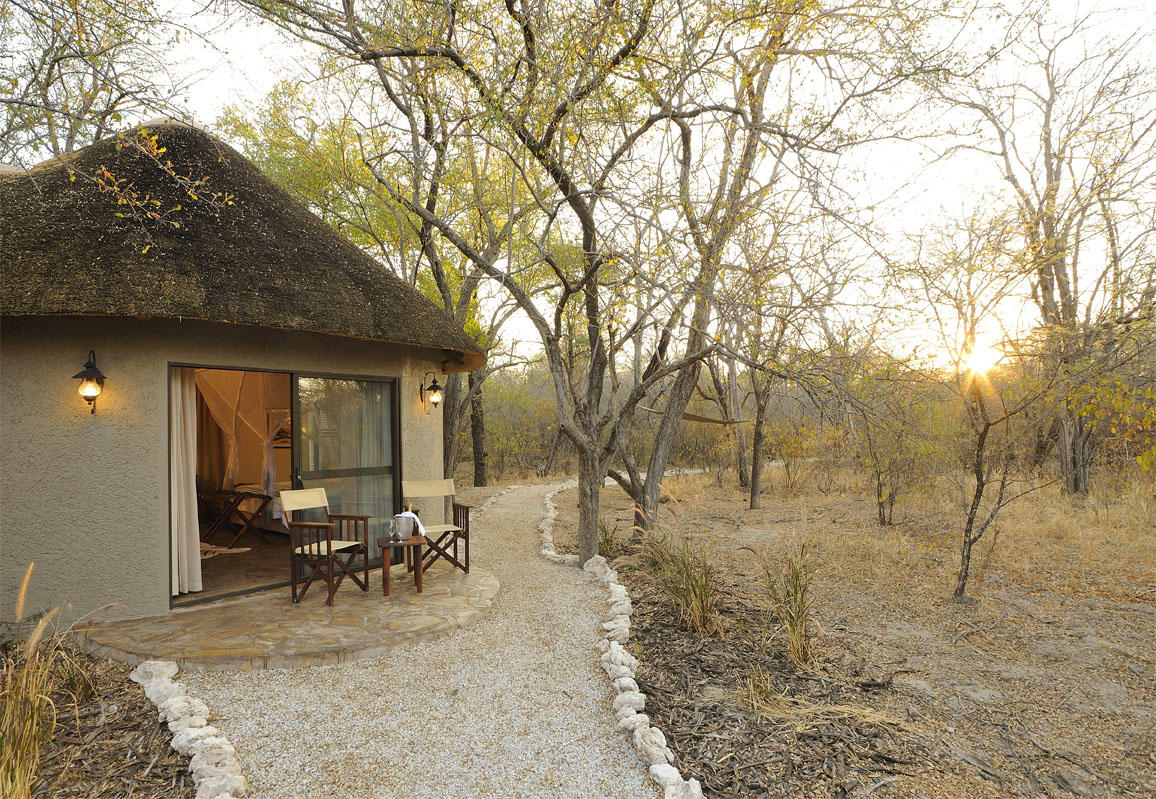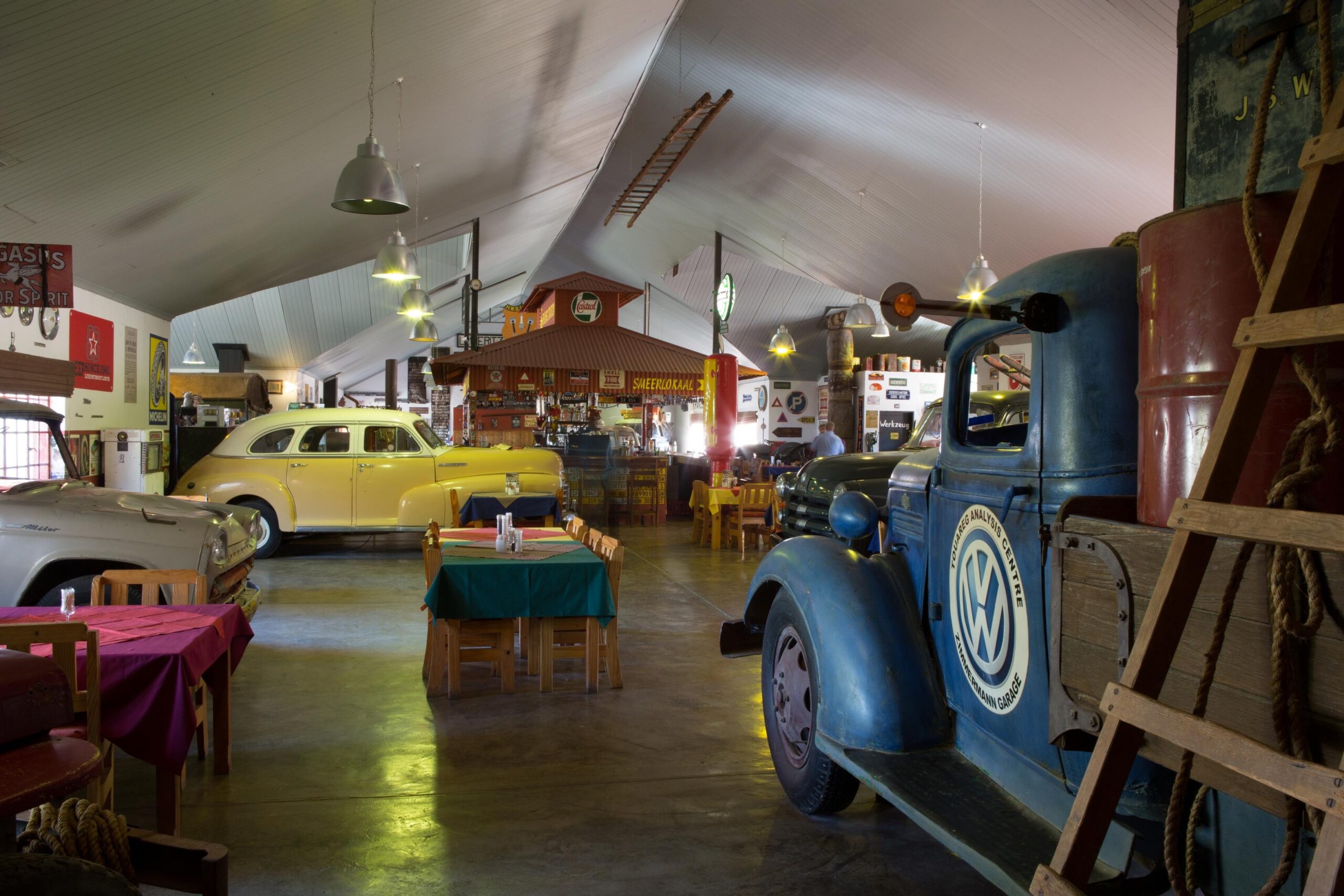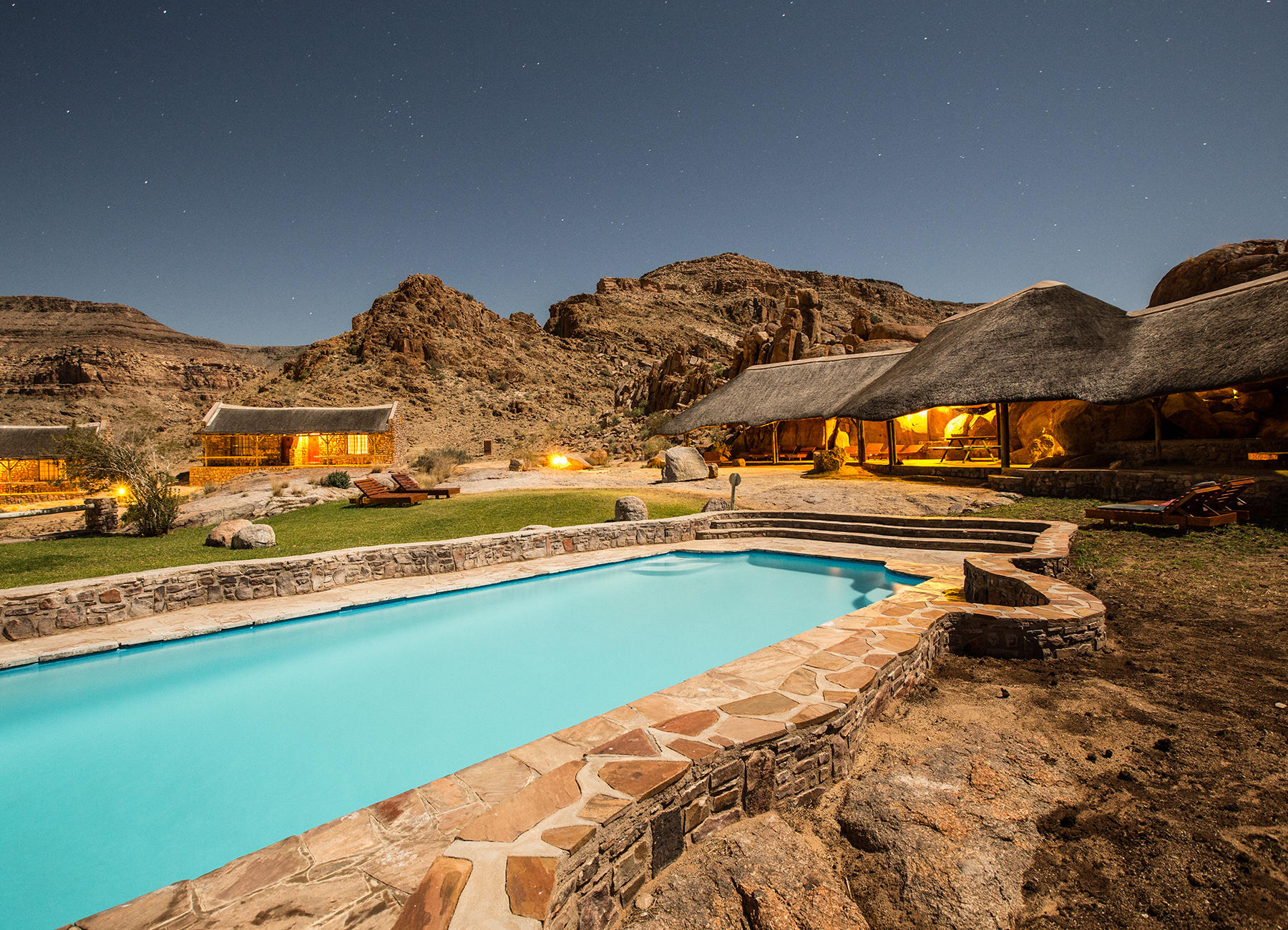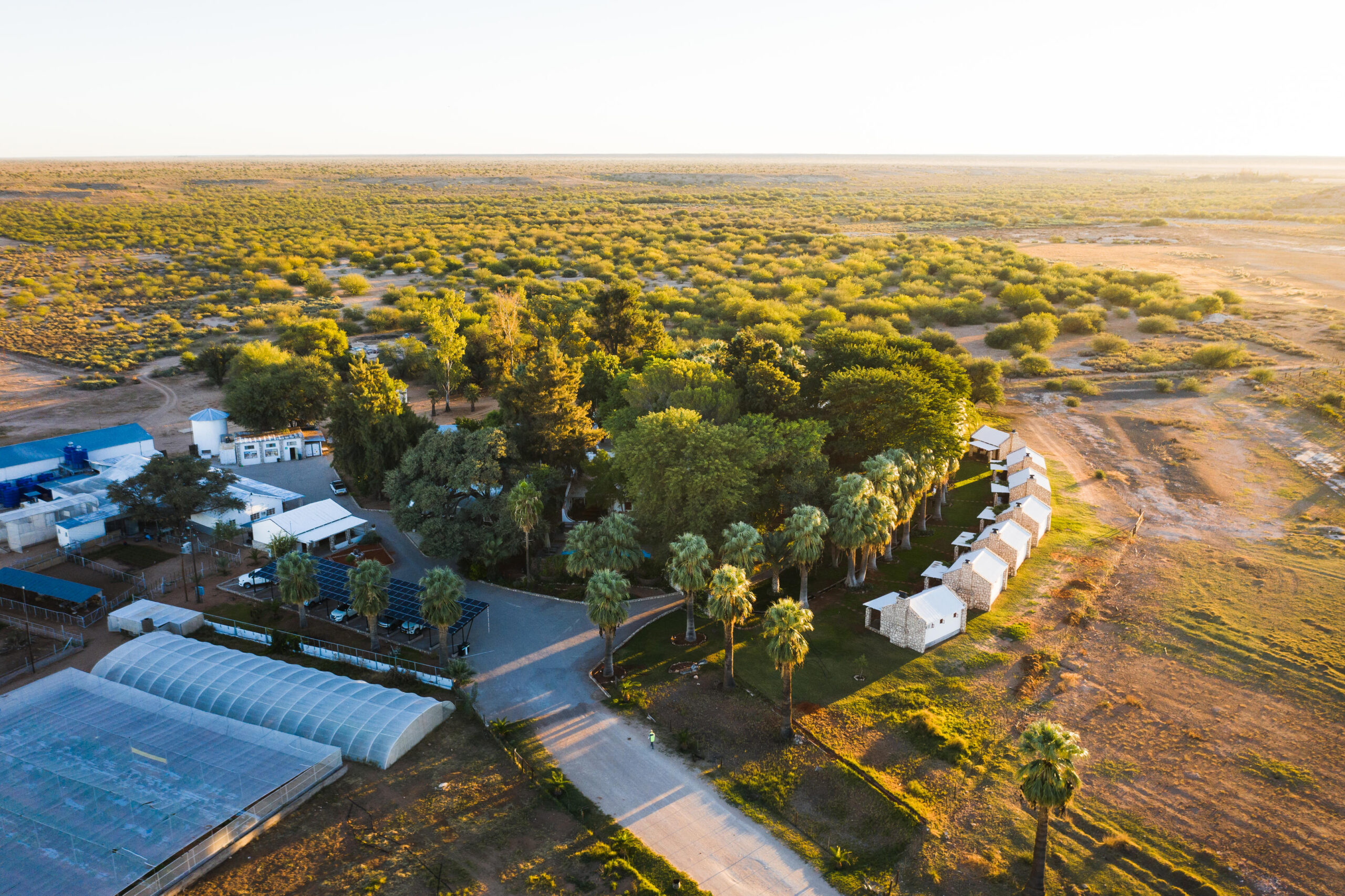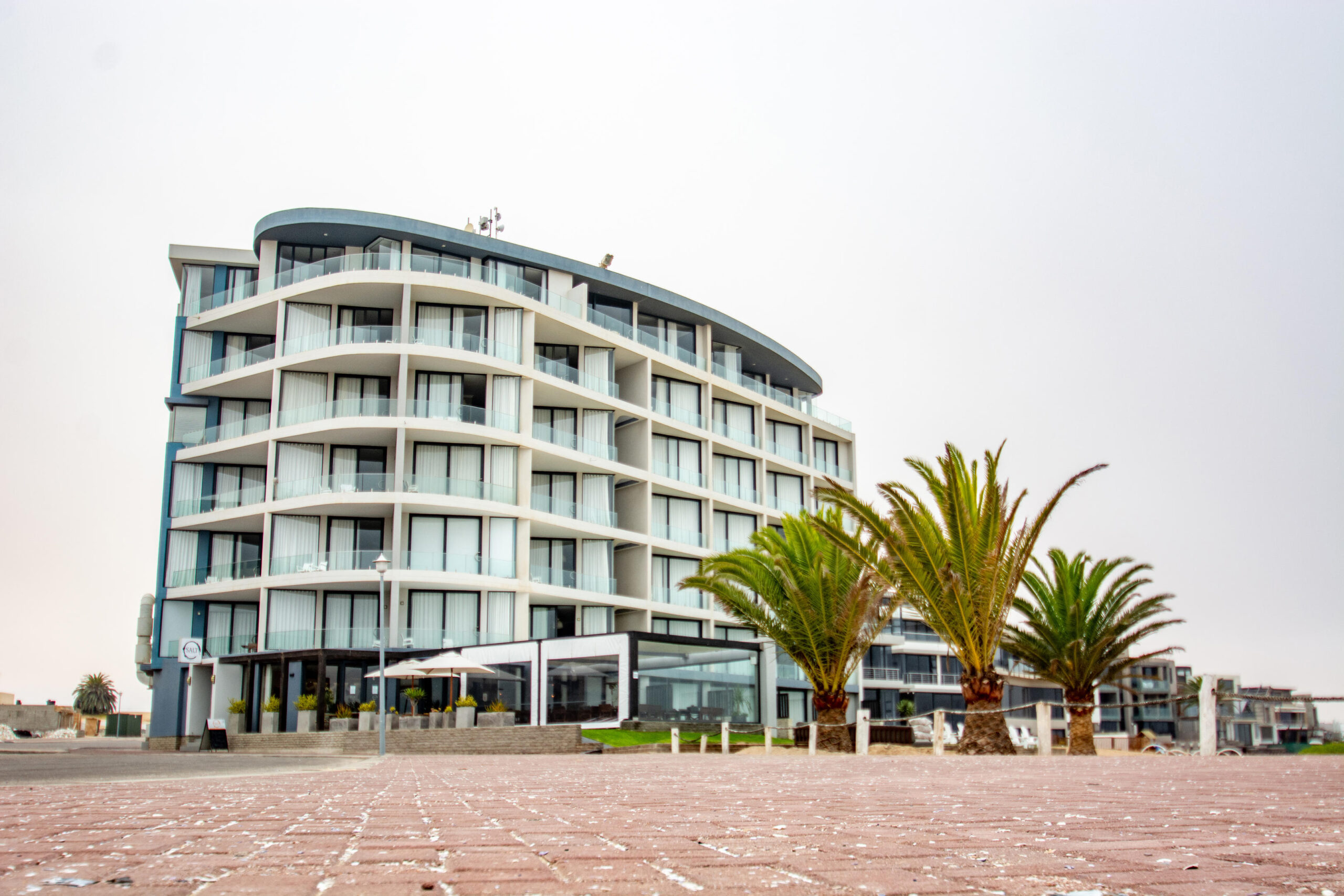MUSHARA OUTPOST – ETOSHA NATIONA PARK
Mushara Outpost is based on the elegance of an African Homestead with a contemporary flavour. Set just 10 km from the Von Lindequist Gate of world-famous Etosha National Park, Mushara Outpost has just 8 custom-made tent-like wood and canvas structures which are nestled on the banks of an ancient dry riverbed known as omuramba in the Herero language.
The lodge’s main house is styled like an old farmhouse with high walls, corrugated iron roof and a large wrap-around veranda facing northeast to take advantage of shade. The ambiance is like a well lived-in house: friendly and extremely comfortable with a light feel to it.
The main attraction here is Etosha National Park and Mushara Outposts offers game drives into the park to see the wonderful wildlife found in the area.
LOCATION
Mushara Outpost is located 10 km from Etosha National Park’s Von Lindequist Gate. Access is either by road – the distance from Windhoek is 500 km, the distance from Tsumeb is 100km and the distance from Etosha National Park is 10 km.
Alternatively, if flying by light aircraft you can land at Mushara Airstrip where you will be met and transferred to camp.
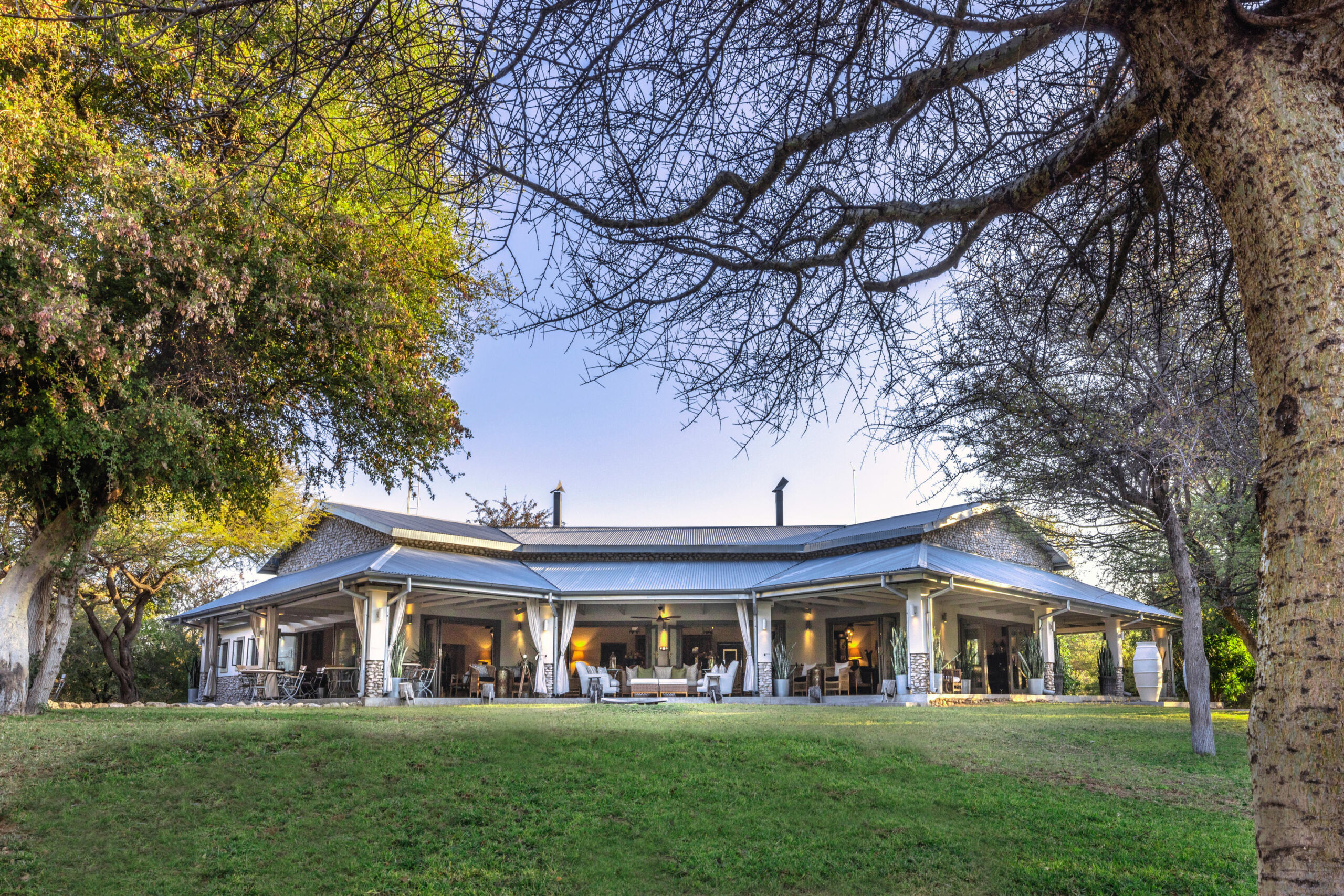
CAMP
Each of the 8 tents is air-conditioned and mounted on a wooden deck 1.5 m above the ground providing a different perspective of the bush. A large glass sliding door leads into the tent and all windows and doors are covered with flyscreen. Large glass windows from floor to ceiling allow for plenty of air circulation during the night.
The open plan bathroom has two large windows and a separate enclosed toilet. The shower cubicle is glass from top to bottom. Unzip the external canvas cover as far as you are comfortable with and your time in the shower takes on a new dimension.
The furnishing of the tents is minimal, comfortable and has a light feel and includes a mini-bar, coffee station, safe deposit box, telephone, mosquito net, sockets for charging storage batteries and a hair drier. WIFI is available at rooms/tents and common areas. The remote location means connection is slow and sometimes unreliable.
The main building has a lounge with well stocked bookshelves, both indoor and outdoor dining areas, a reception area, and a fireplace for the winter months. Outside there is a swimming pool, a bird bath with hide and outside open fireplace.
ACTIVITIES AND WILDLIFE
Etosha National Park, proclaimed in 1907, is one of Southern Africa’s finest and most important game reserves. The park covers an area of 22,270 km² and is home to 114 mammal species, 110 reptile species, 16 amphibian species, more than 300 bird species and one species of fish. The 4,731 km² salt pan – the largest of its kind in Africa – is the centre piece of the park. The pan’s shimmering white crust of salt crystals extends as far as the eye can see. In previous times this was a lake the size of Holland fed by several rivers, probably including the Kunene as well. When the rivers gradually changed their course the water in the lake started to evaporate until only the huge dry depression remained.
Guided Game Drives into the Etosha National Park – great numbers of plains game such as zebra, kudu, Oryx, wildebeest, giraffe, springbok, impala and eland can be found on the grasslands while elephants can also be seen in large herds. Lions dominate the predator food chain and cleverly use the waterholes as hunting grounds and smaller predators like the black-backed jackal are common. Since every animal needs water there is constant coming and going at the waterholes and the diversity of species drinking at the same time can be staggering and waterholes are the best places to watch Namibia’s greatest daily wildlife dramas unfold.

GIVING BACK
All of our camps and lodges run on a “solar grid feed system” – we can produce a maximum of 70% of our electricity needs by solar – the difference comes from the power grid. All globes are energy saving LED. Hot water geysers run on a timer – maximum time on per day is 4 hours – geysers which are not used are switched off – this is managed daily!
All our waste is recycled on the reserve. We have three different bins – one for material that burns, a second for material which does not burn and a third for kitchen waste.
Our kitchen waste is used on our compost heaps. We produce a significant amount of our own vegetables and herbs and a smaller amount of fruit – all of these benefit from the compost.
Paper and plastic get burned in an incinerator and glass and metal gets stored on a secure sight on the property
We do not believe in carting our burnable and none-burnable waste to the landfills in the next town as these landfills are not managed well.
Water is used wisely. All wastewater is treated naturally by bacteria in three chamber French drains. The water flows from the first to the third chamber and once it is in the third chamber it is clean enough to be pumped out into the veld where it is absorbed by the soil and can filter into the ground.
Our way in reducing the carbon footprint is by using as much as possible solar power and reduce the usage of cars, trucks and generators.
With regards to sustainable procurement, we source all vegetables and herbs that we cannot produce ourselves from local producers. Our fresh fruit juices come from a local farmer who also supplies us with local homemade jam/marmalade. All services are from local suppliers – refrigeration, electrical, mechanical. When possible, we employ staff from the surrounding communities.
We are active with conservation efforts on our reserves and environmental sustainability is on ongoing effort at the Mushara Collection of Lodges.
MUSHARA OUTPOST IS OPEN ALL YEAR ROUND
THE CAMP WELCOMES FAMILIES WITH CHILDREN AGED 12 YEARS AND OLDER

Call +44 1984 667420 or Email sue@trackssafaris.co.uk
Our expert staff are on-hand, happy to assist with any enquiry you have.

